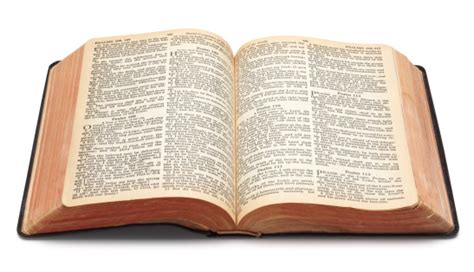i believe the king was an historical person; likely Ithobaal III (or Ethbaal III), king of Tyre during Ezekiel’s time (circa 590-570 BC).
However, I also see a typological model which mirrors unregenerate fallen man, pointing us to our need for Christ, the victorious Adam. For example, the king’s fall mirrors unregenerate humanity’s rebellion, pride, and enmity with God.
I also see the king’s “precious stones” (v. 13) as echoing the high priest’s breastplate (Exodus 28:17-20), symbolizing a corrupted divine calling, echoing unregenerate humanities failure to glorify God in worship of Him (thought and deeds) as we were created to do while the poetic imagery (Eden, cherub) symbolizes humanity’s fall.
When we juxtapose the prince with Jesus, it points us to humanities need for salvation in Christ, by highlighting our total depravity. I also might read too much into the text, though I don't think this is what I'm doing here.
I think it's appropriate to use this king as typological for fallen unregenerate man, as it shows us what we look like and what we are actually doing before God when God's will and God's Glory is not the first or foremost consideration in our minds and hearts, spilling over into action.
As Jesus says, man cannot serve two master's. We are either with Him or against Him. If against, our end is judgement, but if we submit to God's Grace, we will be saved from our iniquity and our sins, and ultimately, from the wrath of God.
I love the Old Testament Scriptures, especially the prophets. They always have typological layers like this to learn from and consider.
P.S. I don't know what the Church formally teaches here. I simply usually just read the prophets the way I read them.Its usually just naturally in line with typical teachings but I'm not sure I've actually seen a reformed teaching on this topic.

